Would you like to know how to make your backyard dog friendly? As spring and summer draw closer, many pet owners are getting ready for some much-needed lawn maintenance. A lot of problems were probably caused by the dog – jumping, destructive digging, and pooping take their toll on yards with grass. Most homes are not what pet owners would call dog-friendly, with low fences, potentially poisonous plants, and exposed dirt that can easily be dug up to make a mess of things.
And who wants a dog tracking in all that dirt into your home?
It is vital for any pet with high exercise needs to have a dog-friendly backyard. When they spend time outdoors, pets receive mental stimulation which in turn helps in preventing dog depression and other behaviors that can cause problems. There are many ways that you can create a low-maintenance, dog-friendly backyard. Here is a look at some examples to inspire you.
A Personal Fire Hydrant for Your Pup – You can make your backyard perfect for your pup by adding his very own fire hydrant. You can add it to your existing yard. You can replace mud with gravel, as well as cedar chips which are dog-friendly, make for a terrific potty space and brighten up the area!
Doggy Pool – Adding a small water feature for your pooch is fantastic for pets that are aquatically-inclined! You can let your pet dive off the deep end by adding a small jumping area and provide easy access to get in and out of his pool. There are many ways to add this feature, depending on your space and budget. You can get a cheap play pool or dig out a small pool or pond in your backyard.
Puppy Portholes – Is your dog a people-watcher? Does he love to watch the world go by? You can go ahead and indulge his habit by installing a porthole in your fence. All you need to do is insert a panel or bubble made of Plexiglas. It will help in reducing your pup’s separation anxiety and also prevent digging and other destructive behaviors.
Sandbox for Your Pooch – A doggy sandbox is a fantastic addition to your backyard as it can serve one of two purposes – a digging heaven or poop patch. A designated area for potty business helps in protecting your grass and ensures that you walk safely in your yard. If your doggy is a champion digger, you should install a small fence around the sandbox to make sure that dirt is kept in place.
River of Rock – The most destructive dogs are the ones that dig. You can prevent them from making a mess of your yard by placing a border made of bricks or rocks around fences. You can also bury chicken wire in the soil under the fence. This will deter destructive diggers and escape artists from ruining your yard. Rock gardens and stone rivers are attractive ways to keep your pooch from digging under the fence.
Do-it-yourself Dog House – If your pet is an outdoorsy one, what you need is a dog house. You can find custom dog houses to give your pet a place to call his own. There are also a variety of other amazing options for a custom-designed dog house. You can also design and build one from scratch for your favorite furry friend. There are books and blueprints that you can use to get ideas.
Find a suitable carpenter, start cutting and designing away. Make sure it is screwed and glued! The only limit is your imagination.
Backyard Obstacle Course – If you have space to spare in your backyard, you should definitely create an obstacle course for your dog. This is popular among pet owners, and active pooches love them! Think you need expensive equipment for this? Not at all! There are plenty of items that you can use without spending any money – old tires, trash cans, PVC pipes, scrap wood and more can all be used to create your backyard obstacle course. Freshen up the equipment with some paint and your yard will be set to challenge your furry friend.
Social Space – If you have multiple dogs in your household or have a lot of playmates with other dogs, a marvelous idea is to build a small doggy park in your backyard. Your pet can use it to socialize with his friends. A play pool, low maintenance park and shade are the things that pets need to enjoy their time with other doggies. To cut costs, you can build your backyard dog park on an existing fence, like a corner, and you will have an awesome social space for your pet!
As you can see, there are many marvelous ways to make your backyard more dog-friendly. You do not need to spend a lot of money on it either! You also make sure that you protect your backyard or lawn from any destructive habits that your pet may have, such as digging. With a little creativity, the right materials, and tools and a little elbow grease, you can create the outdoor space that your doggy needs to have a stellar time at home.


 As soon as winter arrives, you should start thinking about your outdoor space and what you can do to improve your garden for better next year. This is the time to think about getting rid of old furniture and flower pots that have seen better days and what new plants and flowers will look best in your garden.
Your outdoor space is an extension of your home, which is why you need to make sure that it looks picture-perfect. With the right tips, you can improve your garden and make sure that it looks breathtaking next year.
Here are 10 things to do to improve your garden and give it a whole new look:
As soon as winter arrives, you should start thinking about your outdoor space and what you can do to improve your garden for better next year. This is the time to think about getting rid of old furniture and flower pots that have seen better days and what new plants and flowers will look best in your garden.
Your outdoor space is an extension of your home, which is why you need to make sure that it looks picture-perfect. With the right tips, you can improve your garden and make sure that it looks breathtaking next year.
Here are 10 things to do to improve your garden and give it a whole new look:
 You can create a new look for your garden without spending a fortune by pruning and training your trees and shrubs. Keep in mind that these plants should be compatible, so that the look you create has coherence. You should consider the options you have for seasonal changes such as color, leaf textures and shape, blossoming flowers as well as fruits and berries and then create the new look.
You can create a new look for your garden without spending a fortune by pruning and training your trees and shrubs. Keep in mind that these plants should be compatible, so that the look you create has coherence. You should consider the options you have for seasonal changes such as color, leaf textures and shape, blossoming flowers as well as fruits and berries and then create the new look.
 There is nothing like picking food from your own garden and it is quite easy to
There is nothing like picking food from your own garden and it is quite easy to  A
A  Flowers in your garden ensure color especially in the summer and the fall. However, a marvelous flower garden does not develop by just ordering flowering plants and planting them wherever there is space.
Flowers in your garden ensure color especially in the summer and the fall. However, a marvelous flower garden does not develop by just ordering flowering plants and planting them wherever there is space.
 Guest Post by Lana Hawkins
Taking care of one’s own garden brings relaxation and there is nothing more rewarding than enjoying it after it is all done. That is reason enough to reinvent your garden this year. The 2016 backyard design trends bring us new ideas and styles and redefine gardening. Here are some innovations to help get you started.
Guest Post by Lana Hawkins
Taking care of one’s own garden brings relaxation and there is nothing more rewarding than enjoying it after it is all done. That is reason enough to reinvent your garden this year. The 2016 backyard design trends bring us new ideas and styles and redefine gardening. Here are some innovations to help get you started.
 Almost everybody would like to enjoy some time in the outdoors each day. Many people are looking for small outdoor space ideas to make the most out of their backyard. With some clever techniques, it is possible to maximize your small yard and still have a magnificent garden to enjoy.
Almost everybody would like to enjoy some time in the outdoors each day. Many people are looking for small outdoor space ideas to make the most out of their backyard. With some clever techniques, it is possible to maximize your small yard and still have a magnificent garden to enjoy.
 When you have kids, you want to ensure they spend sufficient time outdoors to exercise and expend surplus energy. Your backyard can turn into a thrilling and fun adventure for your kids if you incorporate the right elements. Of course, you can do this without disturbing your flowerbeds or landscaping. There are simple and affordable ways to make your backyard kid-friendly.
When you have kids, you want to ensure they spend sufficient time outdoors to exercise and expend surplus energy. Your backyard can turn into a thrilling and fun adventure for your kids if you incorporate the right elements. Of course, you can do this without disturbing your flowerbeds or landscaping. There are simple and affordable ways to make your backyard kid-friendly.
 Kids are fascinated with those colorful butterflies, bees, squirrels and birds. They can spend hours looking at them and laughing at their antics. So, make your garden creature-friendly by planting colorful flowers and hanging a birdfeed to a tree branch. You can easily use a terracotta flat-bottomed container and use jute ropes to hang it securely to a branch to create a homemade birdfeed. Then watch your kids improve their power of observation!
Kids are fascinated with those colorful butterflies, bees, squirrels and birds. They can spend hours looking at them and laughing at their antics. So, make your garden creature-friendly by planting colorful flowers and hanging a birdfeed to a tree branch. You can easily use a terracotta flat-bottomed container and use jute ropes to hang it securely to a branch to create a homemade birdfeed. Then watch your kids improve their power of observation!

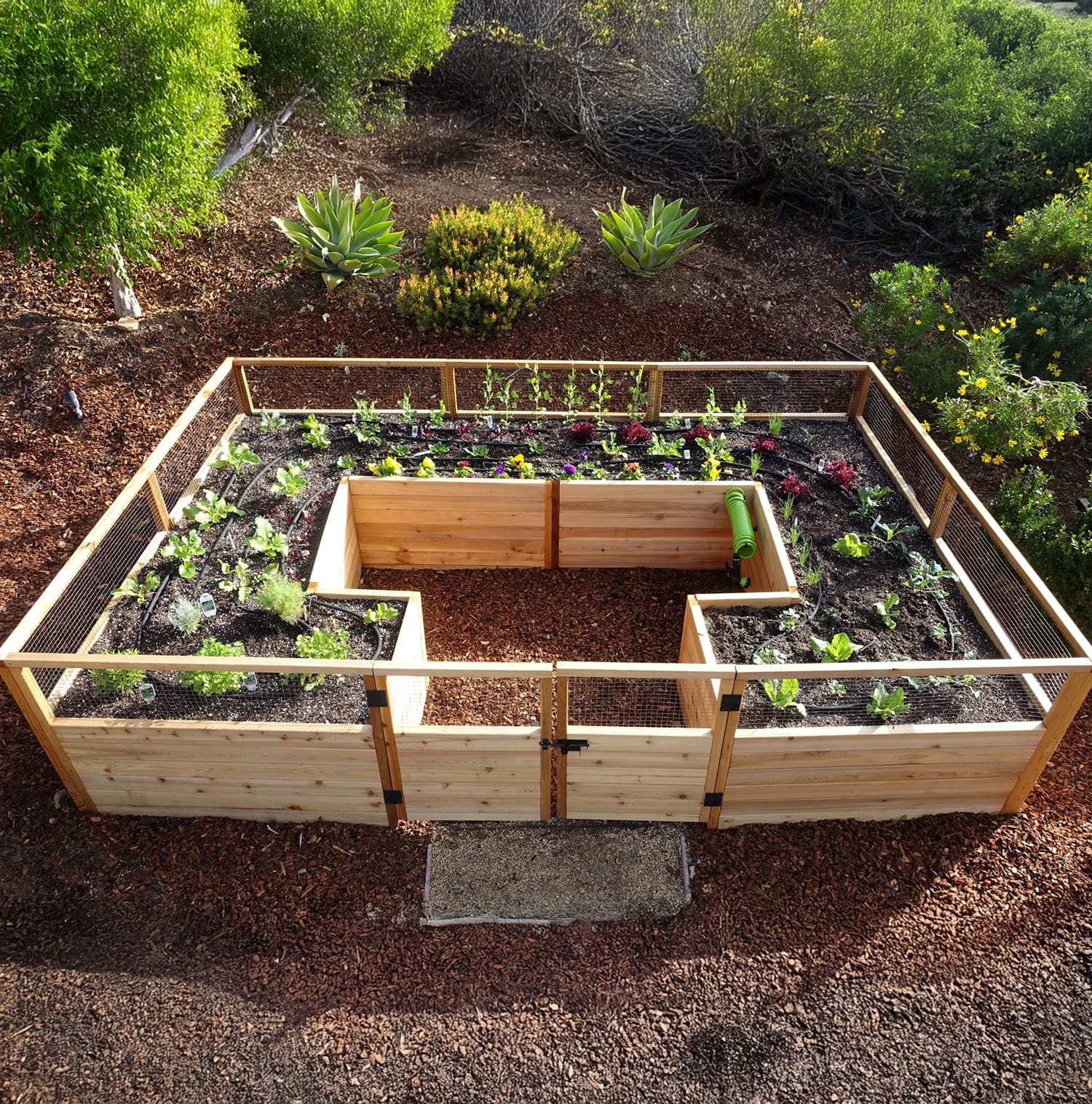
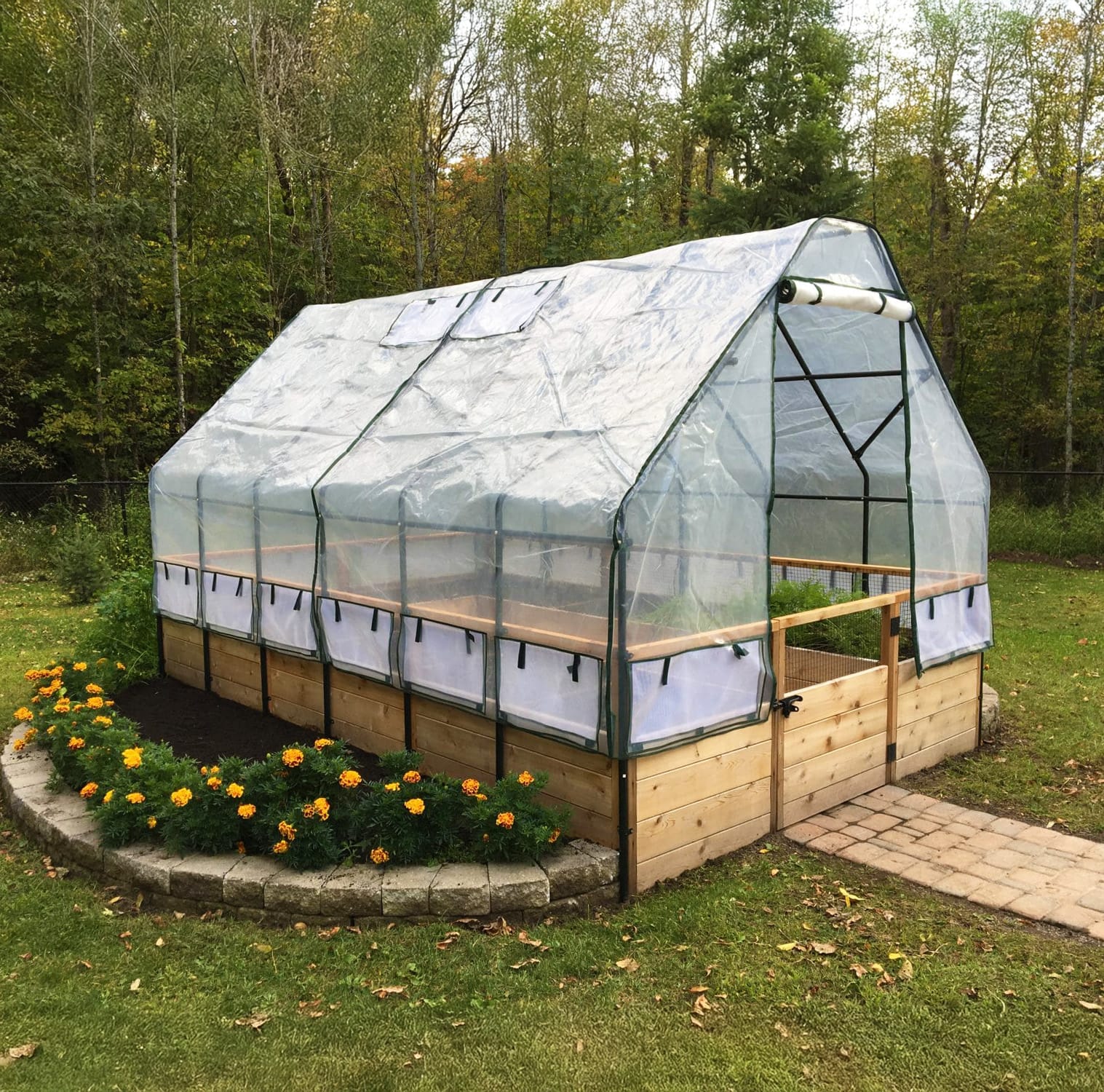
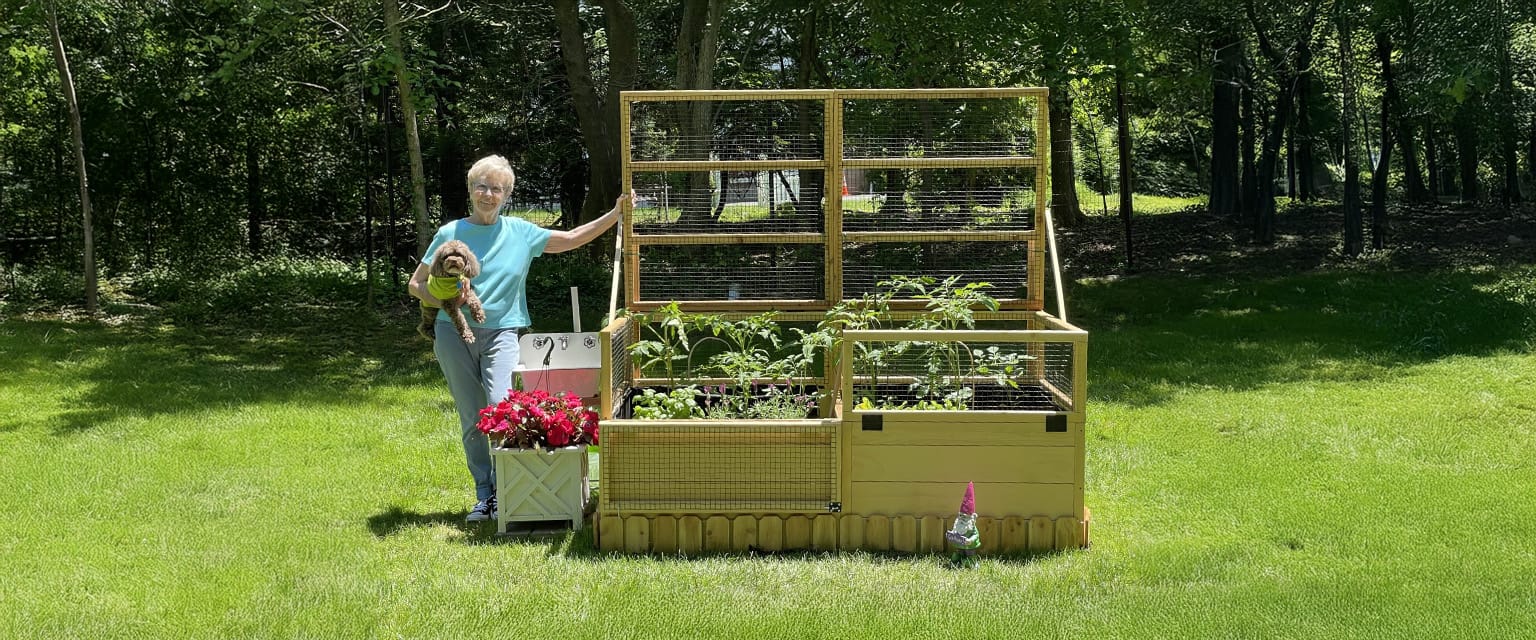
 Explore tools and cedar garden kits to simplify your fall prep:
Explore tools and cedar garden kits to simplify your fall prep: 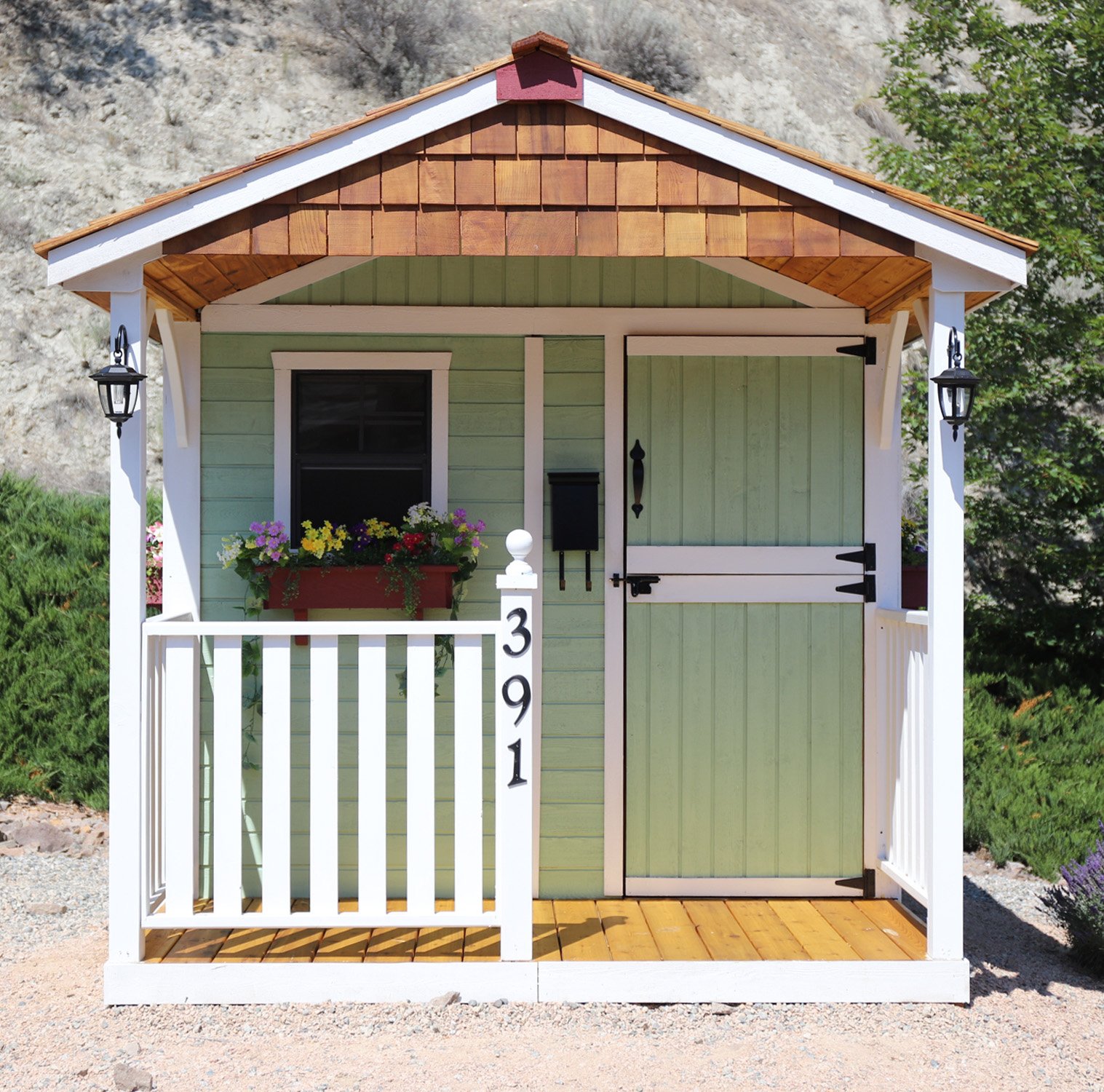
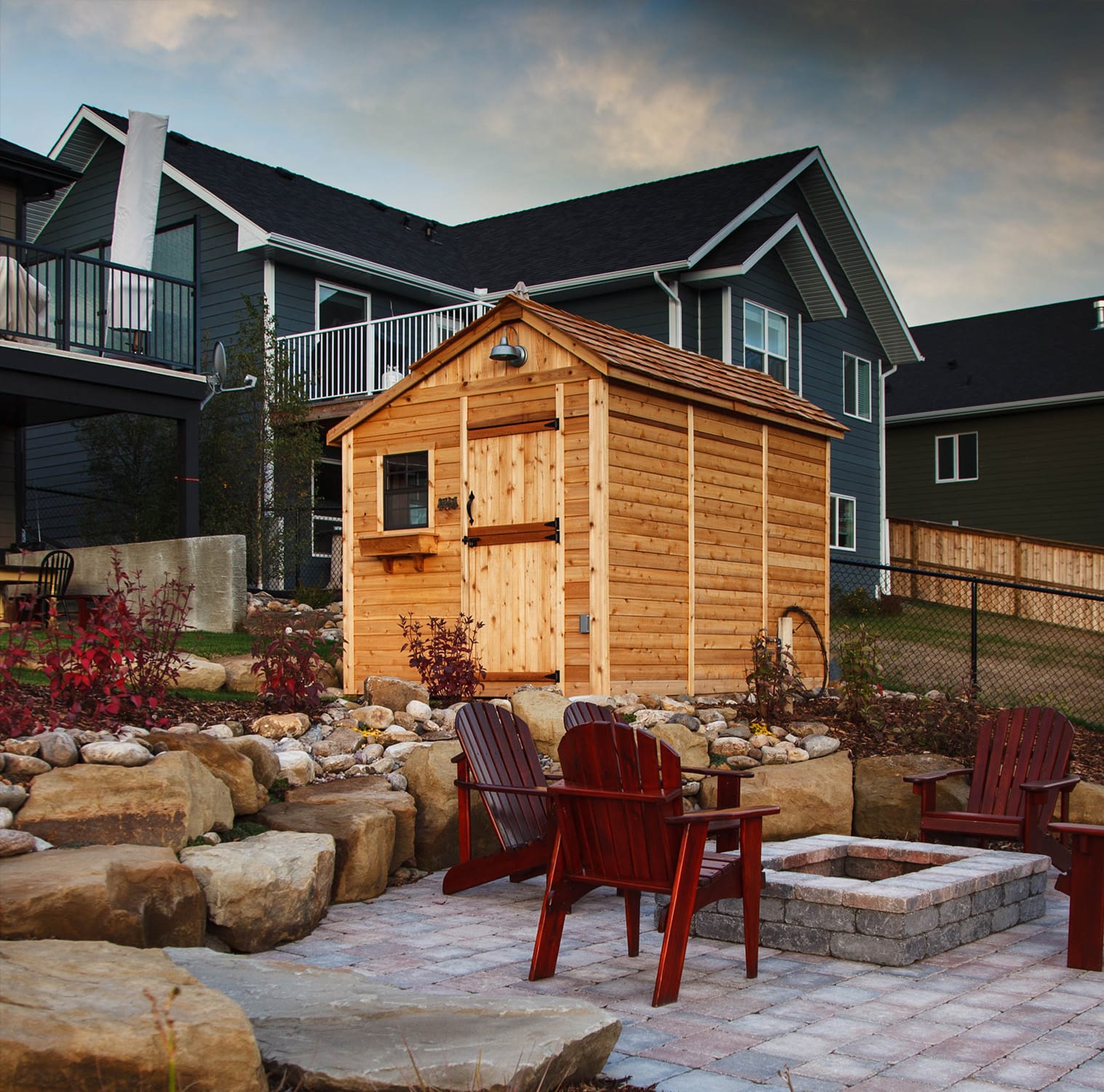
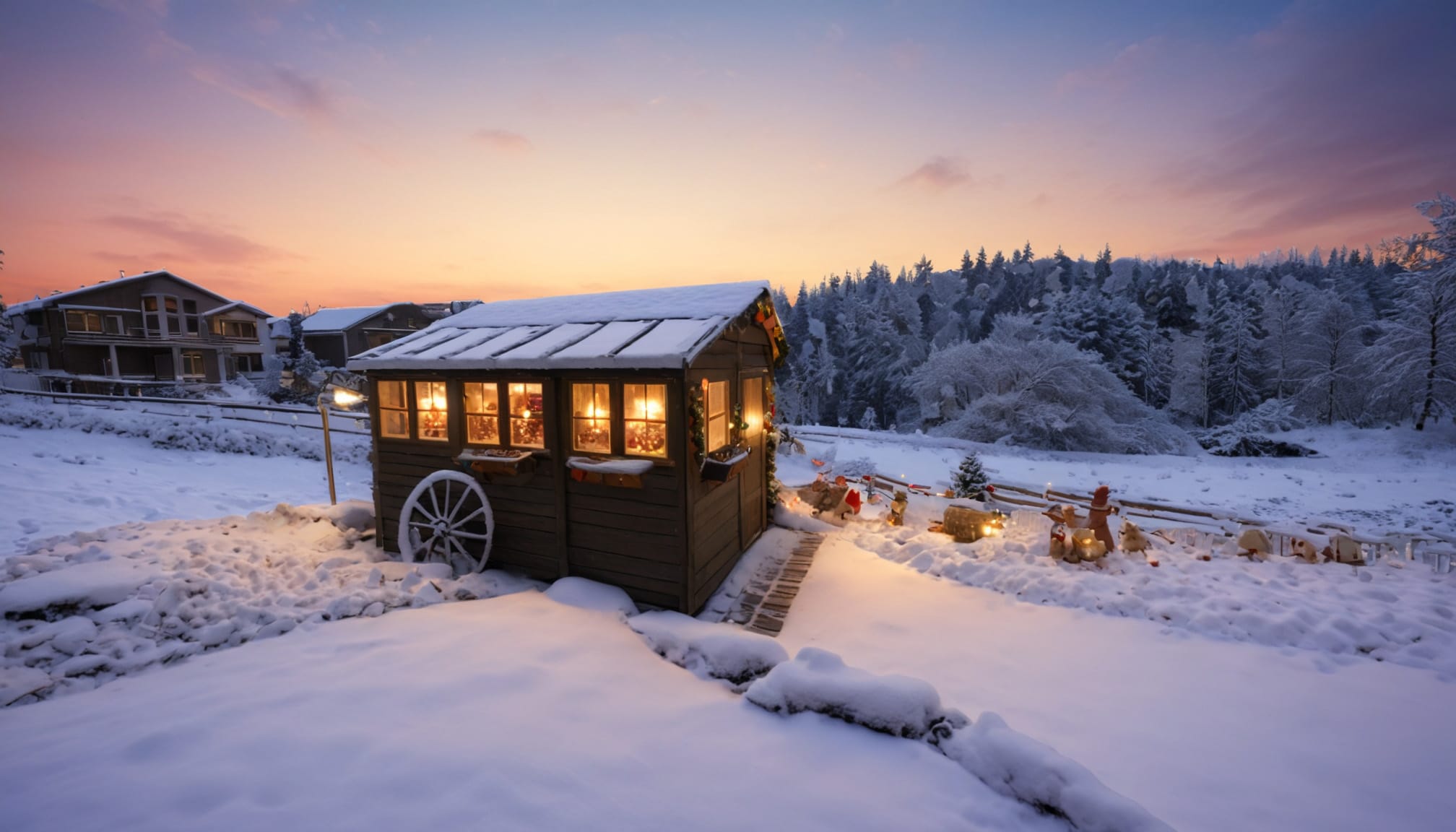
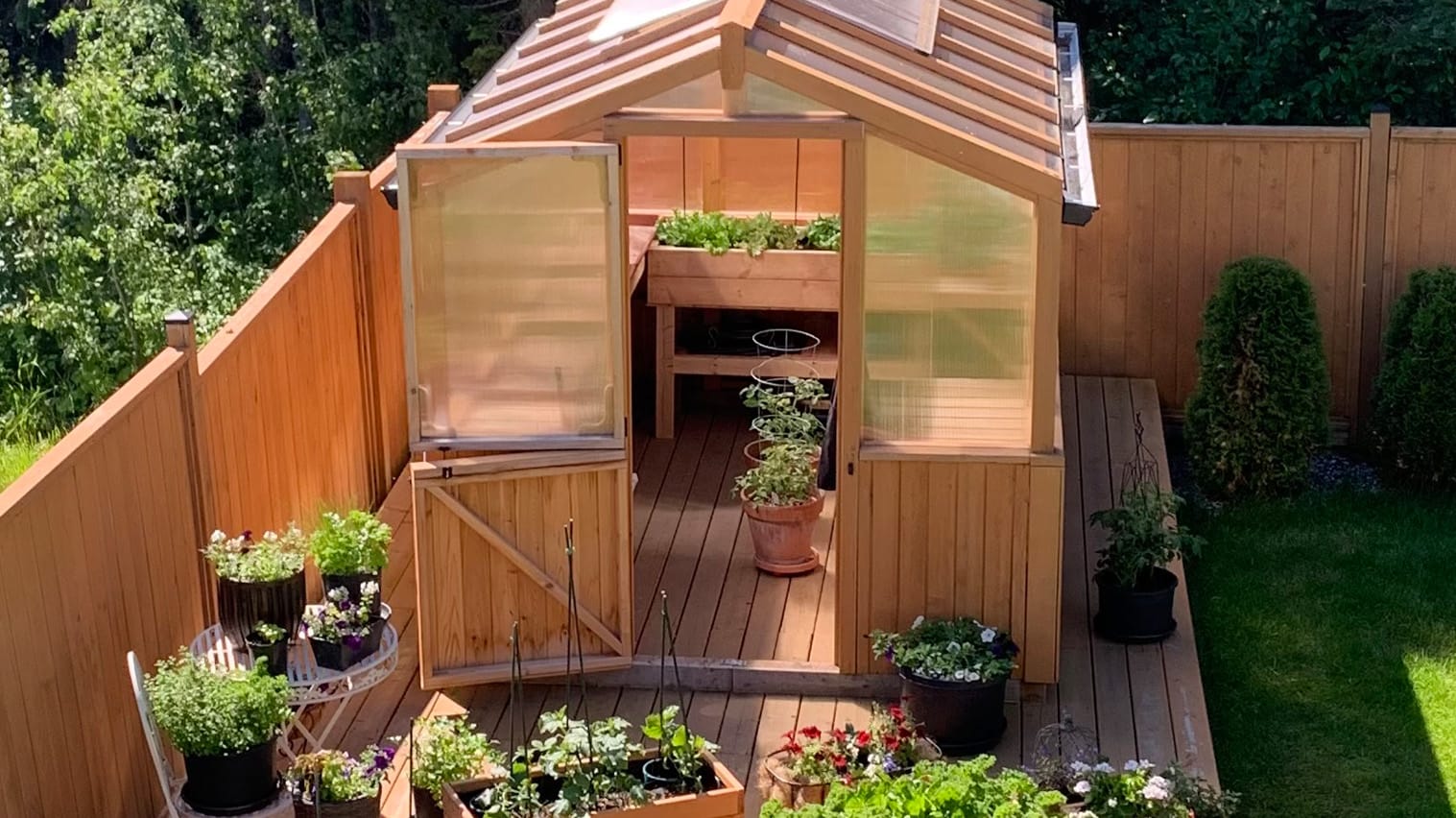
 Start your fall transformation now with our
Start your fall transformation now with our 


